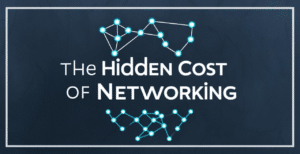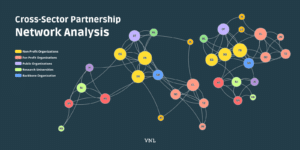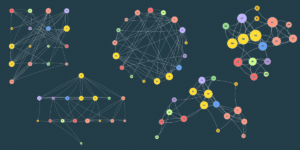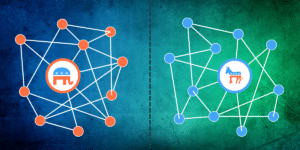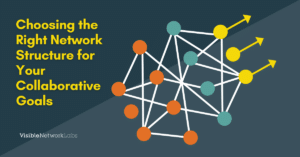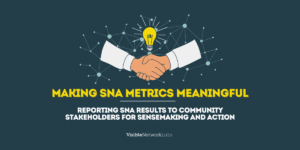
Building Networks That Work: 10 Practical Lessons From Network Science
Healthy networks don’t happen by accident. They are intentionally designed ecosystems that evolve through clear goals, purposeful structure, and a relentless focus on relationships. Drawing on ten key topics from VNL’s Insights Library, below are condensed lessons you can apply today—whether you’re launching a new

